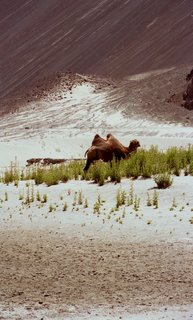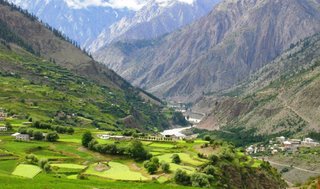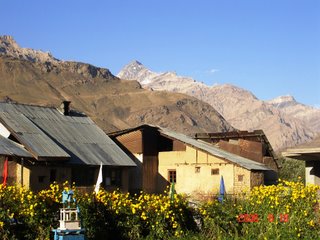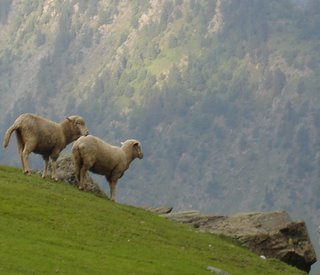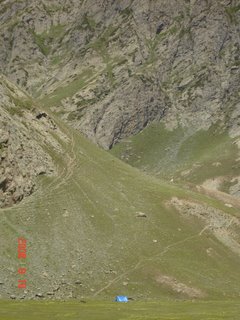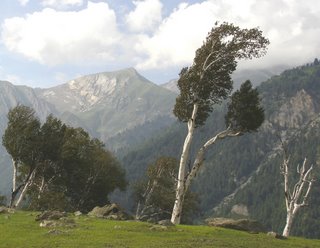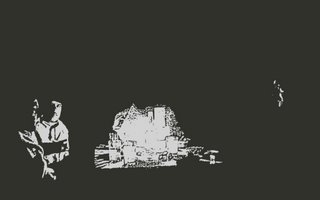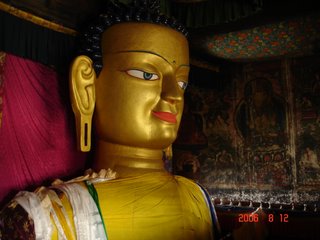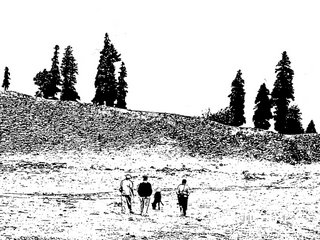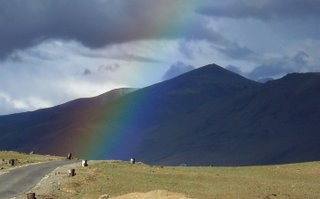
Image credits :Gale Franey
“There was a time, when I was a child, when the whole world seemed alive and knowing. Trees were friends and as George Eliot put it ‘flowers would see us and knew what we were thinking about.’ Then came a time when plants just grew, silently and without emotion.”
- L.George.Lawrence
I distinctly remember those childhood days of mine when all our imagined mystery places had lots and lots of trees with strange intertwining branches and most amazing colorful birds sitting on them. Trees had their own ‘personality’ and apart from different kinds of trunks, branches, leaves and flowers, their own peculiar ‘habits’ and ‘moods’ as many of our human friends would have! You didn’t talk to them like you did to others of your kind but theirs was an unmistakable friendly presence. Much before you read about experiments by Jagdish Chander Bose proving that plants could feel the pain, you knew somehow that they did!
There was this huge peepal tree where pooja was performed and leaves of which would be fun watching especially during rains when raindrops dripped from their perfect tapers, a shisham tree with a strange hole in its trunk with an occasional woodpecker sitting at a gravity defying angle pecking at it, the medicinal neem, the sweet mango, the guava tree with guavas that were red inside, different kinds of ber, jamun and lemon. Then there were shrubs and blossoms all around in such lustrous and vivid color that they could illuminate a whole garden! You knew the seasons when trees would bear fruit or plants blossom and it was all so easy and natural.
You also knew on your way home from school, which familiar way, which friendly trail to turn to find that iridescent blue-green tail feather with beautiful blue ‘eye’ shed by some peacock from its plumage. You had hundreds of such tail feathers in your kitty and were still in lookout for more. Often a hot chase of a multi colored butterfly had led you to that unexpectedly. Moving through trees and shrubs you were all ears and in a state of heightened attention lest you disturb a brooding peahen. You even boasted to your friends that you knew which secret place and near which tree the peahen was laying its eggs. The trees were witness to all this.
And night would bring an altogether different change of scene when darksome bats in company of snakes sneaking through dense shrubs would make their entry around trees. The fabled ghosts also seemed to gather there and as such your night time stories, heard in low whispers from the elderly watchman revolved around the trees.
There was always a battle going on between the forces of day and that of night probably for the benefit of us children as this generated a daily fare of interesting stories.
But all this was going to change.
Moving from one academic session after another as we were ascending higher classes and grappling with problems in Mathematics, Botany, Chemistry and Zoology in their drab, uninteresting and boring terminology as these were taught to us, the things were all sadly falling in to a set place!
The mysteries were fast vanishing and the informality of our outdoors, its ever changing sky, its clouds, its trees and its birds with all their sounds and smells were being replaced with some never changing dull interiors of that concrete matchbox architecture, we call schools with its set notions of exams, competition and success. Explanations in terms of other set of explanations were hurled at us and everything could be just explained away. The subjects as these were taught to us would take life out of a thing and as they couldn’t touch the ‘fire’ they talked of and taught about the ‘ashes’!
Our teachers knew all and they wanted to take away our fairies, our ghosts and much of the stuff that our stories were made of .The world of trees seemed to be drifting away and we were loosening our touch with them. The life was fast turning out to be a problem to be solved rather than a mystery to be lived. We were getting ‘matured’!
All these feelings of loss of innocence caused by an uninteresting way of teaching of subjects in a repressive atmosphere came to fore very strongly when I read the old classic ‘The secret life of plants’ by Peter Tompkins and Christopher Bird wherein they bring out beautifully the highly sensitive nature of plants and their responsiveness to life around them. Be it about Bose’s sensitive experiments about sentience in plants whence it was shown that plants can feel pain and understand affection or Backster’s findings concerning their response to man’s thoughts and their extreme reactions at the death of human cells, Soviet discoveries about auras of plants , Mrs. Retallack’s live shows on T.V capturing the fondness of plants for different kinds of music or their known curative powers, in describing this all in detail the book ‘gets you inside a plant’ and makes you marvel at their extremely ‘humane’ approach to life!
Invariably then, I thought of my yesteryear Botany which never made me feel this. In fact, caught in a dull taxonomy and just an endless Latin dirge of scholastic nomenclatures, it was about killing the ‘spirit’ of plants! The other subjects also fared similarly.
I must say that this is no romantic lament for some ‘deserted village’. It is not running down of science also, but it should be seen as a sad commentary on the ways of present day formal education for in no way it seems to encourage the ‘inner flowering’ of a child or helps him in any way finding his true vocation. Rather it is instrumental in styming his curiosity.





